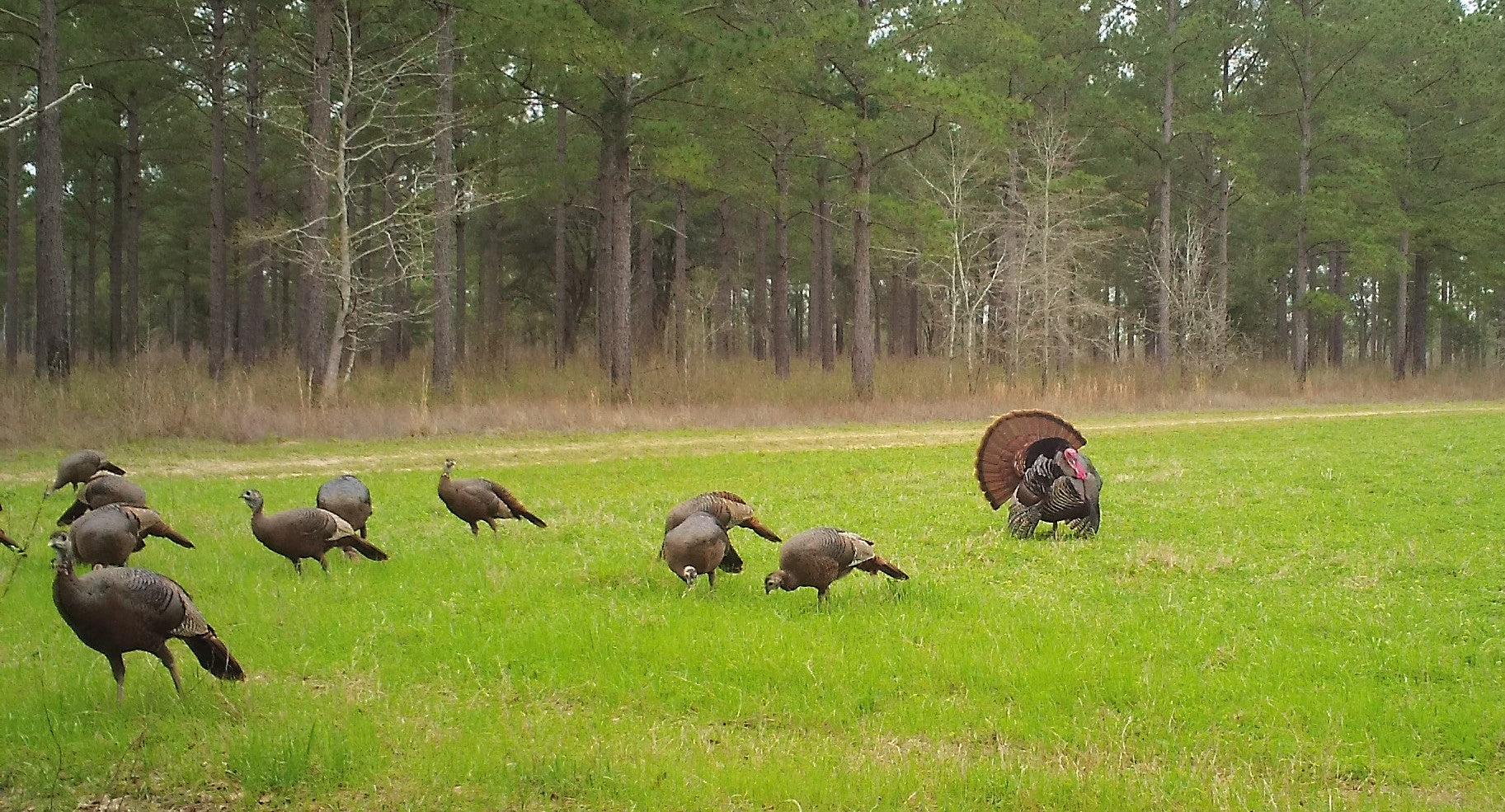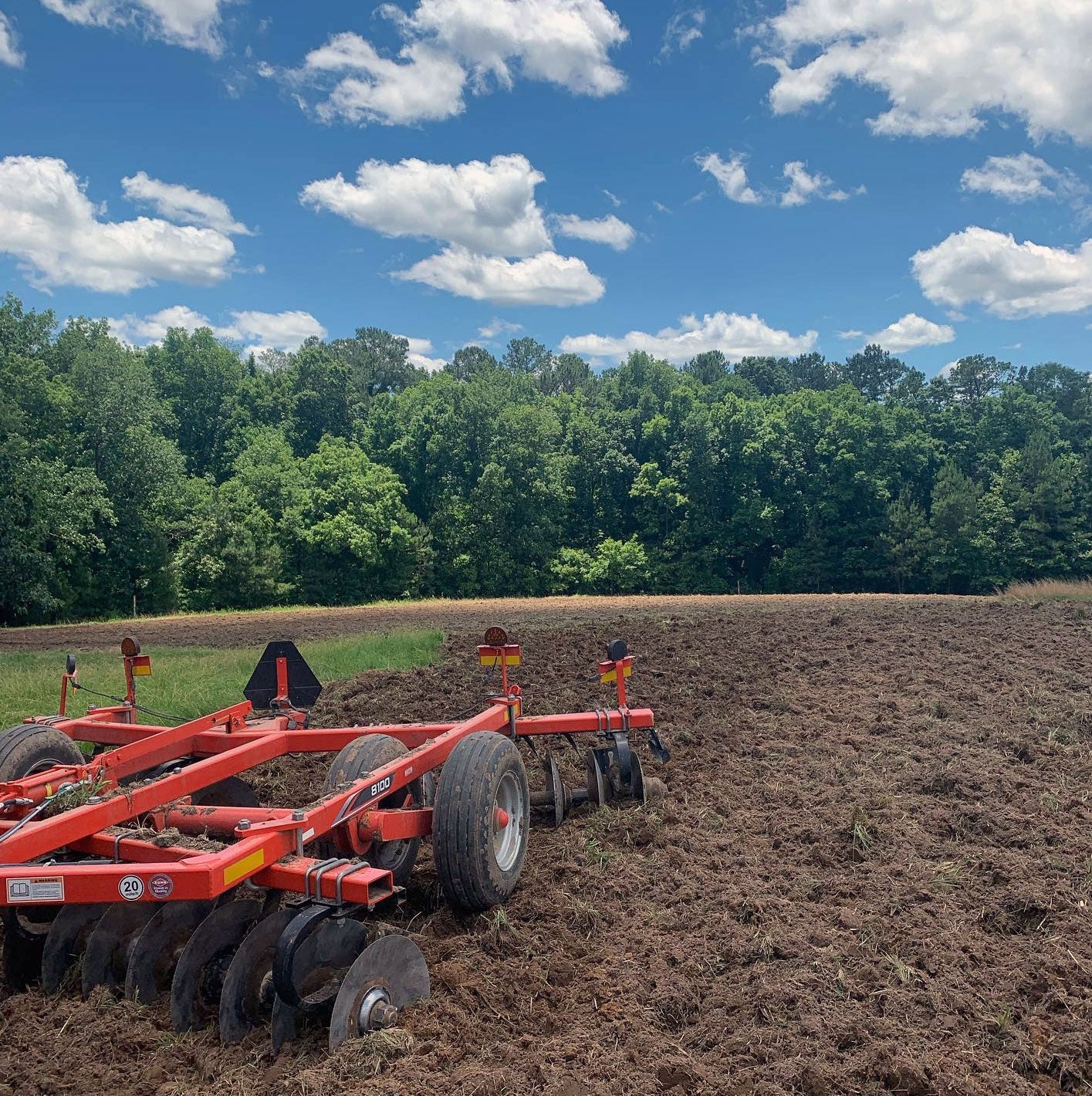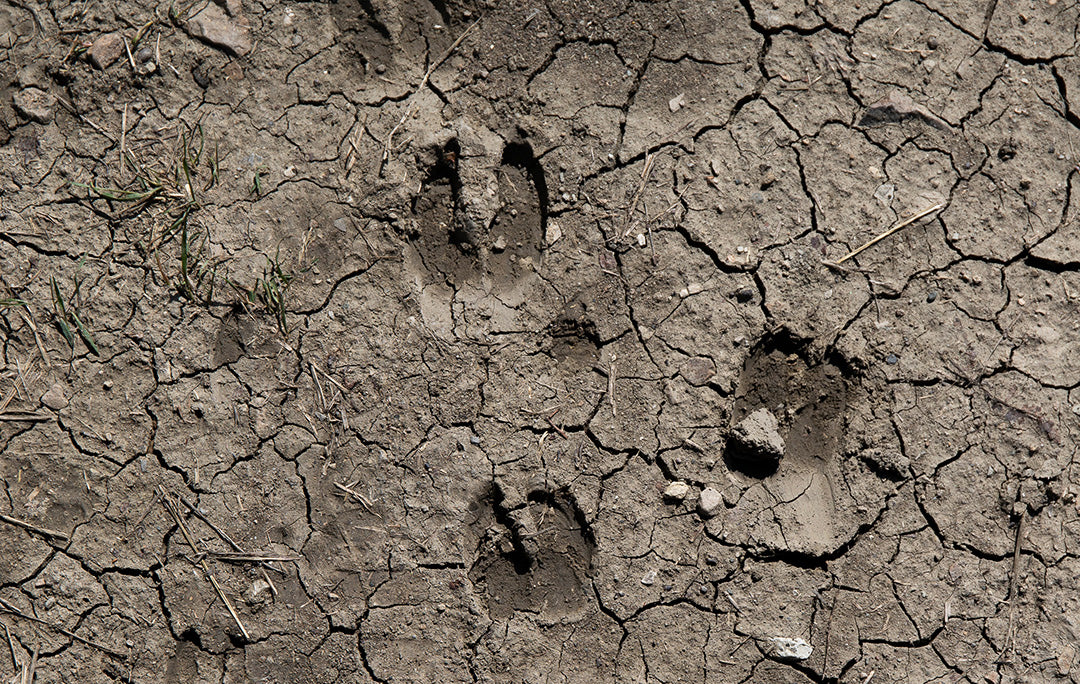WHAT DO SOUTH TEXAS DEER EAT?
 White-tailed deer eat a wide variety of plants depending upon the time of year and which region of Texas they inhabit. In fact, one food habits’ study conducted at the Rob and Bessie Welder Wildlife Refuge, located north of Sinton in San Patricio County, found over 160 different plant species in the deer rumens they examined!
White-tailed deer eat a wide variety of plants depending upon the time of year and which region of Texas they inhabit. In fact, one food habits’ study conducted at the Rob and Bessie Welder Wildlife Refuge, located north of Sinton in San Patricio County, found over 160 different plant species in the deer rumens they examined!
WHY IS IT IMPORTANT TO KNOW WHAT DEER EAT?
From a management perspective, improving the nutritional level of the habitat is one of the most important jobs for a deer manager or biologist. Antler growth is directly related to nutrition. If nutrition is limiting during any time of the year, antler growth will not be maximized.
In order to insure current and future nutrition levels are not limiting, managers and biologists must first know what deer eat so that the most highly preferred plants can be identified, protected, and even cultivated. Deer select different plants during different seasons, so it is also important to know the most preferred plants for each season of the year.
From a hunter’s perspective, knowing the most highly preferred plants deer select during the fall will help in selecting stand locations. Also, the more knowledgeable hunters are about their prey, the more successful they will be in harvesting their quarry.
HOW ARE FOOD HABITS STUDIES DONE?
First, a minimum of 15-20 deer of each sex should be collected during each month or season. Fall food habits studies are more simplified because hunter harvested deer can be used. During winter, spring, and summer deer need to be collected under a scientific collection permit from the Texas Parks and Wildlife Department.
The rumen portion of the 4-chambered stomach is then removed from each deer and the contents are rinsed into a series of graduated sieves that separate the plant matter from other rumen contents. This plant matter is then sorted and identified to plant species, using a microscope if necessary. Fecal samples are also collected on occasion.
The number of deer rumen occurrences of each plant species, as well as a percentage that plant species makes up of the total volume, is then calculated. Plant availability is also determined by walking different transects, or strips, through the brush. The number of different times each plant species occurs on the range is then calculated. These three numbers are then used to determine a preference rating for each plant species and the seasonal deer food habits for each sex.
WHAT DO SOUTH TEXAS DEER EAT?
Numerous studies of deer food habits have been conducted in Texas. The majority of these studies however, have taken place in south Texas.Western South Texas
During 1972-74, Leroy Arnold and Lynn Drawe collected 73 deer on the Zachary Rendado Ranch in Hidalgo County. Eleven of the deer were bucks and 61 were does. They found that browse (33 percent) species made up the largest percentage of the deer diet, while forbs (29 percent) were second, cactus (21 percent) was third, and grass (7 percent) was last. The 10 most important plant species were:
(1) Prickly pear cactus (6) Granjeno
(2) Lazy daisy (perennial) (7) Catclaw acacia
(3) Mesquite beans (8) Euphorbia prostrata
(4) Lazy daisy (annual) (9) Desert lantana
(5) La coma (10) Lime pricklyash
These researchers found that prickly pear cactus made up the largest percentage, by volume, of the deer rumens examined. Prickly pear also occurred at a higher frequency than any other plant species. Prickly pear was most selected during June-September, making up 36 percent of the diet, and from October-January. Cactus was least selected during February-May. The most preferred forb (broadleaf weed) was lazy daisy. Forbs, in general, were most selected during March-May, making up 50 percent of the deer diet during spring. Mesquite beans were highly preferred by deer during June-September.
A second study in Hidalgo County was conducted by Everitt and Gonzalez during 1973-76. They examined the rumens of 94 hunter-killed deer to determine deer diet preferences during fall. They also examined hunter-killed deer from Kenedy and Willacy counties in eastern south Texas. In Hidalgo County, these researchers again found that prickly pear made up the largest percentage of the deer diet (61 percent by volume and 55 percent by occurrence). Browse (16 percent) was second in volume, followed by forbs (12 percent), and grasses (3 percent).
These researchers felt prickly pear was most selected because few forbs were available at the Hidalgo County site. They reported that lime pricklyash, bluewood, cenizo, twisted acacia, granjeno, ebony, and Mexican persimmon were all highly preferred plant species.
Eastern South Texas
Everitt and Gonzalez, examining fall hunter-killed deer in Kenedy and Willacy counties, found that forbs (38 percent) made up the highest percentage volume of deer rumens. Second was browse (27 percent), followed by grasses (25 percent), and prickly pear (4 percent). In eastern south Texas, annual rainfall totals are higher, allowing increased forb production. When more forbs were available, deer selected forbs over all other plant types. Both browse and grasses were also more selected in eastern south Texas, while prickly pear dropped to last.
These researchers concluded that the most important forb species were burhead, water clover, frog-fruit, and longtom. The most important browse species were lime pricklyash, bluewood, cenizo, twisted acacia, granjeno, ebony, and Mexican persimmon.
During 1975-76, Kie, Drawe, and Scott collected 67 deer on the Welder Wildlife Refuge in San Patricio County. They found that the annual deer diet was primarily made up of forbs (87 percent), followed by grasses (10 percent), and browse (3 percent). Forbs were the primary diet component during all months, reaching highest percentage consumption during spring. Grass consumption was highest during winter and early spring. Browse never exceeded 6% of the diet during any month.
The most important forb species were malvostrum, western ragweed, prairie coneflower, orange zexmania, and bladderpod. Most important grass species were Texas wintergrass and rescuegrass. Grasses were most eaten during periods of rapid growth when they were more easily digested.
During 1963-65, Chamrad and Box examined the rumen contents of 60 deer collected during winter and spring on the Welder Wildlife Refuge. They found 160 different plant species in the rumens, including 107 different forb plants, 30 different grasses, and 23 different species of browse. They reported that forbs and grasses made up over 90 percent of the deer diet during January-May. During this period, forbs made up 68 percent of the diet, grasses made up 22 percent, and browse made up 5 percent. Forbs were most preferred during April, while peak browse use was during January and May. The 10 most important plant species (all forbs or grasses) were:
(1) Sawtooth fogfruit (6) Spiny aster & saltmarsh aster
(2) Herbaceous mimosa (7) Woodsorrel
(3) Old-man’s beard (8) Rescuegrass & Ozarkgrass
(4) Texas wintergrass (9) Phlox
(5) Gaura (10) Geranium
During August 1965, Drawe collected an additional 16 deer on the Welder Wildlife Refuge to examine mid-summer deer diets. He found that diet selection varied according to soil type and that forbs made up 53 to 70 percent of the diet, browse made up 22 to 45 percent, and grasses made up 2 to 8 percent of the diet. He also reported that prickly pear fruit was very important as a source of mast for deer during August.
MANAGEMENT TIPS
(1) Managers and biologists should locate and protect the most preferred plant species before doing any brush control work. (2) If brush control work is done, mottes of la coma, granjeno, catclaw and lime pricklyash should be left behind. (3) In suitable areas, lazy daisy and dayflower should be planted and propagated.
(4) To increase forb growth, especially during March-May, the soil should be disturbed in as many areas as possible by disc strips. Brush control methods, such as chaining, roller chopping, or root plowing, should also be used to open dense stands of brush to increase forb growth because forb production is especially important in meeting deer nutritional needs.
Tune in next week as we explore the antler shedding process.
Posted by Dr. Mickey W. Hellickson











I’m getting hood rain my sw tx lease s Crockett county and ne valverde county 9 ,000 acres , feed protein minerals, do you no a site to recognize the plants in tx that deer like in your area or in general sw tx I no I’ll see big bucks that don’t eat at feeders. I like them especially the ones that no good groceries when they have good rain. I’m gonna try the brushed clearings see if good forms in winter for deer to eat
Leave a comment